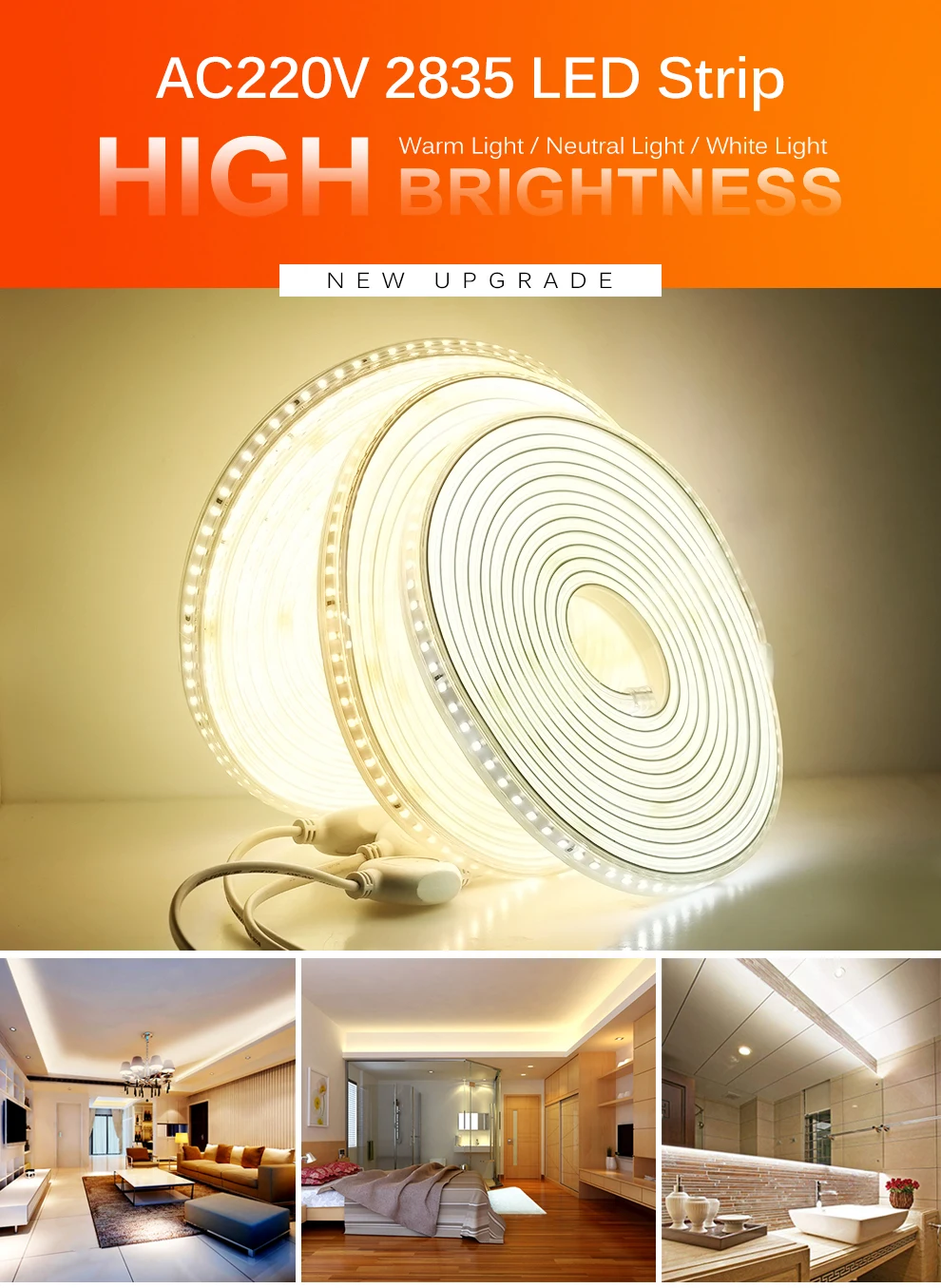

Thus, having a wireless HDMI solution can mean not opening up a couple of walls to run wire, not spending many hundreds of dollars to installers for doing that. By comparison, getting power to the projector is simple and closer. Most folks will want to run the wires through the wall, and that means a lot of installation and cable running. Unfortunately they are usually not near by. The issue is that whether your projector, if permanently placed, is ceiling mounted, or on a high rear shelf, you also have to get your sources hooked up. But you also have to get your sources there. If you are installing a projector, such as ceiling mounting, you do have to get your power to the projector. The concept of wireless HDMI is a great one. Same LCoS panels, same optical engine and lens, and therefore, as no surprise, same contrast spec.Ĭertainly the more expensive HW65ES is really superior in this regard, as are several other competing, but far more expensive projectors – (yes those Epson UB models and all the JVCs). And it should have at least very good control of any light trying to get in from any windows, or adjacent rooms.Īre the black levels any better than the HW40ES? I don’t think so, but it’s been a long time. A good media room may not have all very dark surfaces, but likely isn’t off-white, either. That’s one of the key differences between the HW45ES and the HW65ES, as that translates into a very visible improvement on dark scenes for the more expensive HW65ES, It’s also why I refer to the HW45ES as suitable for media rooms.įYI Media Room: As I see it, a media room is a place not as ideal for a dedicated home theater projector as a good theater, but still optimized for good viewing – thus good lighting control – and keeping as much ambient light away from the screen as possible. Like the HW40ES before it, this HW45ES (Sony’s “entry level” home theater projector) lacks a dynamic iris to improve dark scenes. I did not notice a problem with the Samsung on the Sony, but the forums have reported occasional flickering.

Epson’s glasses flick when used with the Sony.
#Best 3d glasses for sony projector movie
They do use button Lithium batteries, rather than being rechargeable, so there’s extra expense as a trade-off against remembering to recharge, but still: You can probably watch up to 100 hours of 3D content on a less than $2 battery, so I don’t see that as a problem! That works out to less than $0.04 per 3D movie! So if you want a whole bunch of 3D glasses for those movie nights, know that there are affordable options, like the Samsungs I use. There are inexpensive Samsung glasses that I use with the Epson and Sony projectors that are very lightweight, and cost less than $20 a pair. While projector manufacturers set their glasses prices pretty high (expect to pay around $50 for the Sony’s), there are some very low cost ones. Sony’s current 3D glasses, RF TDG-BT500A is the model number – are optional (and lighter, and more comfortable than their older IR glasses).

That’s OK, though, considering how much the price of those glasses has dropped, in a few years Sony’s TDG-BT500A RF 3D glasses for the VPL-HW45 and HW65ES and other new Sony home theater projectors Although Sony includes 3D glasses with some projectors a while back, they no longer do.


 0 kommentar(er)
0 kommentar(er)
